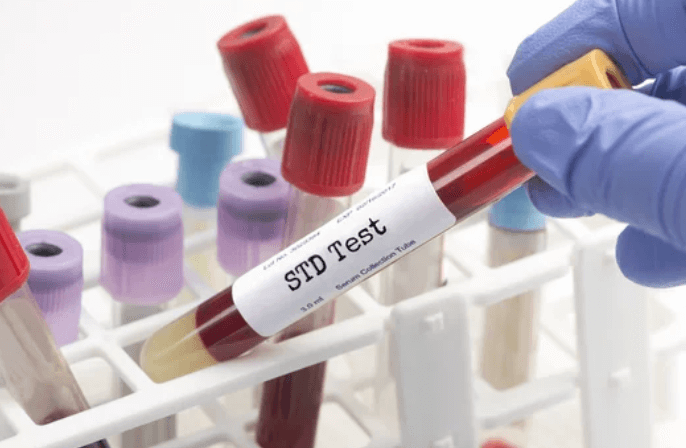When you’re thinking about the most common STD and STIs, chances are, Pelvic Inflammatory Disease (PID) is not the first worry that comes to mind.
That’s probably because it’s not really an STD in the same way that we think about other sexually transmitted diseases. It’s not really passed from person-to-person (although it can be); rather, it’s the result of other infections being passed along and neglected.
What is Pelvic Inflammatory Disease (PID)?
Pelvic Inflammatory Disease (PID) is a condition that only affects those with female reproductive organs. If you catch an STD– most commonly syphilis, chlamydia, and gonorrhea, but it can also happen with infections that aren’t sexually transmitted – and if it goes untreated, it can develop into PID.
“So,” you ask, “why wouldn’t you just get it treated?” The biggest reason is that they just don’t know that they have them. A lot of STDs are asymptomatic, meaning that they don’t have symptoms that you can see or feel, but they are still doing damage. Unless you found out that a partner had, let’s say, gonorrhea, if you weren’t showing symptoms, you wouldn’t know you had it until you developed PID. More than one million women get PID every year in the United States alone, and most cases are the result of a sexually transmitted disease or infection that went unchecked.
How do I get PID?
This isn’t the only way to contract PID. You can also get it any time you’ve got, well, stuff going on down there. There have been cases reported as the result of childbirth or pregnancy, during the insertion of an IUD device, certain surgeries, or even from having a miscarriage. It develops when some sort of bacteria from the vagina or the cervix gets somewhere it shouldn’t – like the fallopian tubes, ovaries, uterus, or pelvis.
Now, before you freak out about having somehow gotten this disease and never even knowing it, there are things you can do to prevent infection.
Get STD tested- Often!

Even if you aren’t at risk, even if you’re monogamous, get tested at least once a year – usually, your OB/GYN will offer it to you during your yearly visit. If you frequently change partners, get tested more often. Even if you can trust your partner(s), there is always a chance that they might have contracted something at some point in the past and might be asymptomatic themselves.
Be on the look-out for symptoms.
Unfortunately, the symptoms for PID often mimic the symptoms for other infections, so it’s important to be vigilant and report everything you notice to your doctor. Symptoms can include:
- pain during sex
- vaginal discharge
- intense pain in the lower back or abdomen
- fever and/or chills
- nausea
- vomiting
- unusual periods (too long, more painful than normal, heavy flow, no period, etc.)
As you can tell, these symptoms are very similar to a lot of other infections you can develop down there– kidney infection, appendicitis, kidney stones, urinary tract infection (UTI), even pregnancy. A test from your doctor can confirm that you’re dealing with PID and not something else. These tests usually take the form of a blood test, or a testing of your cervical mucus or secretions.
Get treated immediately.
The biggest problem with PID is that letting it go unchecked for too long will bring a lot of harm to your body, in particular your reproductive organs. PID has the potential to make women sterile– in fact, one in five women who have trouble conceiving have reported having PID prior to their attempts.
Unless your case is advanced, the treatment for PID is pretty easy. You’ll be given a medication, usually an antibiotic in the form of a shot or a pill, then expected to rest and drink plenty of fluids. No sex until you’re better, and keep away from douches and tampons. If you do receive a diagnosis for PID, you’ll have to inform your partners as well– while they might not be capable of developing PID, they should be checked for STDs if that’s how your developed yours.
If your case is advanced, the consequences might be a little more severe. Scar tissue can develop in your reproductive organs, leading to ectopic pregnancies or trouble conceiving, period. You may have to have surgery to repair your reproductive organs, or undergo fertility treatment when you wish to have children.
Protect yourself in the future.

There are plenty of ways to protect yourself from developing PID again in the future. The first and foremost is by having safe sex. Wearing a condom or other barrier device will prevent you from contracting STDs or STIs. Remember, hormonal birth control does not prevent you from contracting an STD, nor does it protect you from bacteria. Getting tested regularly can also help you realize when something is wrong and get it taken care of before it causes further trouble. Also, women who have PID at one point in their lives are more susceptible to contracting it again, so if you do get it, be vigilant about your health in the future and make sure you get check-ups from your doctor often.
